Métropole Rouen Normandie (FR)
The Synthetic Site Folder and Site Brief are available for free.
Please register and login to access the Complete Site Folder.
- Synthetic site folder EN | FR
- Site Brief EN | FR
- Site on Google Maps
- Back to map
Data
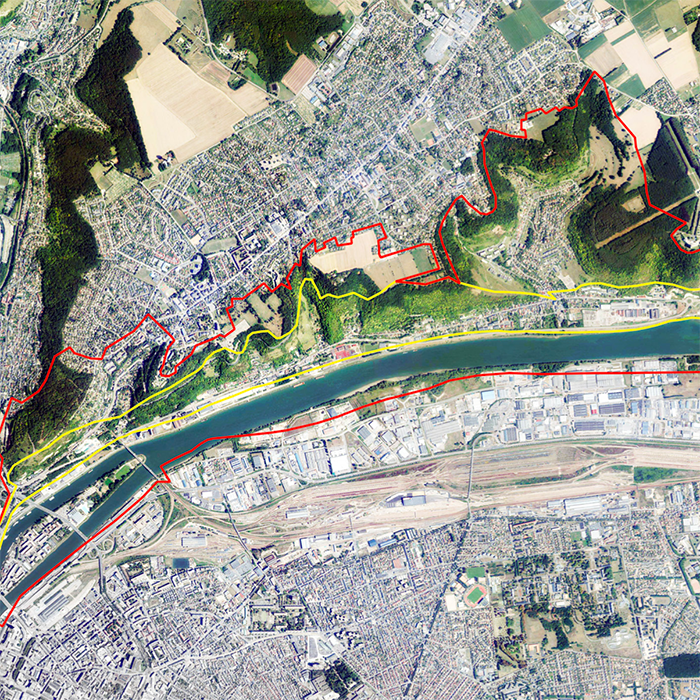
METROPOLE ROUEN NORMANDIE (FR)
Scales XL/L
Team representative Architect, urbanist and landscape architect
Location Metropolis of Rouen Normandy
Population 494,300 inhabitants (metropolitan area, 2019)
Reflection site 780 hectares - Project site 180 hectares
Site proposed by Métropole Rouen Normandie
Actors involved Métropole Rouen Normandie, municipali- ties of Rouen, Bonsecours, Amfreville-la-Mivoie and Belbeuf
Owner(s) of the site Private and public owners
Commission after competition Study and project assignments on one or more mutable sites. Operational suites may be initiated with partners.
More Information
Inhabited milieu's challenges
The metropolis of Rouen has intiated a process of reconfiguring the relationship between the city and the Seine 25 years ago through numerous development projects. Like many French and European cities, this reconnection with the river has mainly taken the form of the reconversion of former industrial areas, the requalification of road infrastructures, the creation of new neighborhoods and major metropolitan facilities. In this context, the Seine-Amont sector has so far remained out of this process and was only the subject of an urban study in 2015 without any operational outcome. In 2020, the new PLUI on a metropolitan scale places the Seine Amont sector in its territorial priorities by being the subject of a “OAP Grands projets”.
It is thus one of the last sectors in the Rouen Normandy Metropolis to experiment with new ways of thinking about the city-river relationship, going beyond the classic plans for the conversion of industrial sectors and the requalification of river banks. Place of life, place of production and place of forced passage between the Seine and the hillsides, the sector is today the illustration of a complex cohabitation between residents, economic users, road passers-by and the living. Economic and productive rights-of-way, residential suburbs, sports fields and natural spaces are juxtaposed on either side of the infrastructures crossing the site.This fragmented reality was accentuated until recently by a piecemeal evolution of the site, in a logic of opportunity without improving the living environment for its human and non-human residents. If an overall vision is emerging today through regulatory tools and an OAP on the sector, this has not yet allowed a deeper questioning of the logic of habitat, use, development and site management.
The Europan competition is therefore an opportunity to go beyond pre-established ideas, to challenge current blockages, to change certain methods of design and management of the site. It is a question of «reopening the game» and experimenting, imagining other perspectives of functional diversity, cohabitation of uses and living things, uses of infrastructures, and new alliances between users in the area’s landscape and biodiversity.
Questions to the competitors
Several recent events and reconfigurations on the territory lead to take a fresh look at the site. Firstly, the industrial fire that occurred in Rouen on September 26, 2019 on the sites of the companies Lubrizol and NL Logistique put on the agenda the question of the place of industry in the metropolis and the exposure of populations and environments. natural to industrial risks. If the accident confronted the metropolis with the industrial heritage of its banks of the Seine and with its risks, it was also an opportunity to perceive the progress made since the 1960s in the efforts to clean up and protect the natural Sequanian environment.The evolution of the sector, marked by economic activity and the presence of risky sites, is thus an opportunity to experiment with these relationships between productive activities and the living. In addition, the current issues of land sobriety and the implementation of the ZAN trajectory reinforce the challenges of upgrading old industrial units.
Secondly, recent institutional reconfigurations, and in particular the «Axe Seine» initiative and the recent consolidation of the three ports of Le Havre, Rouen and Paris, lead us to look at the activity of the Seine-Amont site and its evolution on a larger scale. It is a question of rethinking the sector in the role it can play in the territory of the Seine valley and in an economy putting the major European ports in competition.
Thirdly, the prospect of the eastern bypass allowing road traffic to be postponed, as well as the overall evolu- tion towards more sober mobility logics for logistics activities, can change the situation regarding transit cros- sing the sector. It becomes possible to imagine a disruption of the current state of the site where borders are created by infrastructures designed and sized today for large-scale travel and for logistical maneuvers. Remained relatively out of sight of development and major private investors until now, the Seine-Amont sector thus crystallizes many current concerns at this crucial moment when environmental issues require a change in the modes of action and pre-existing stories.
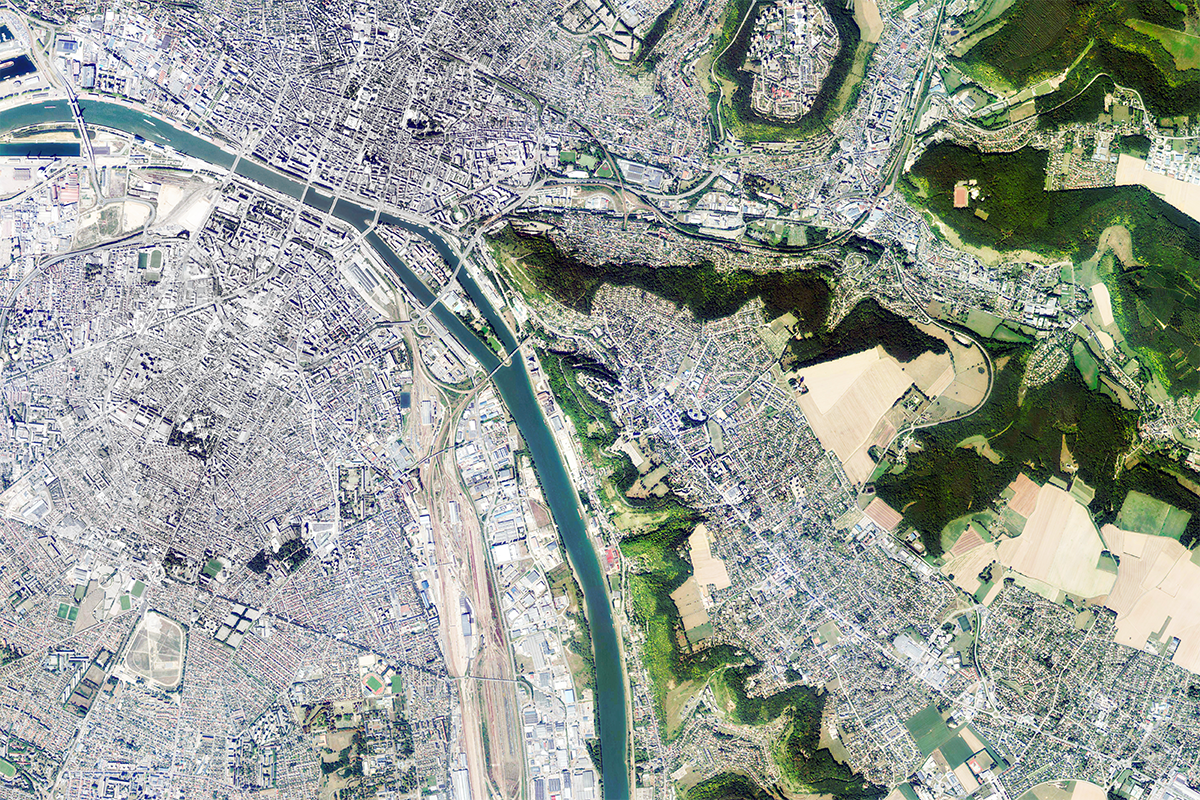
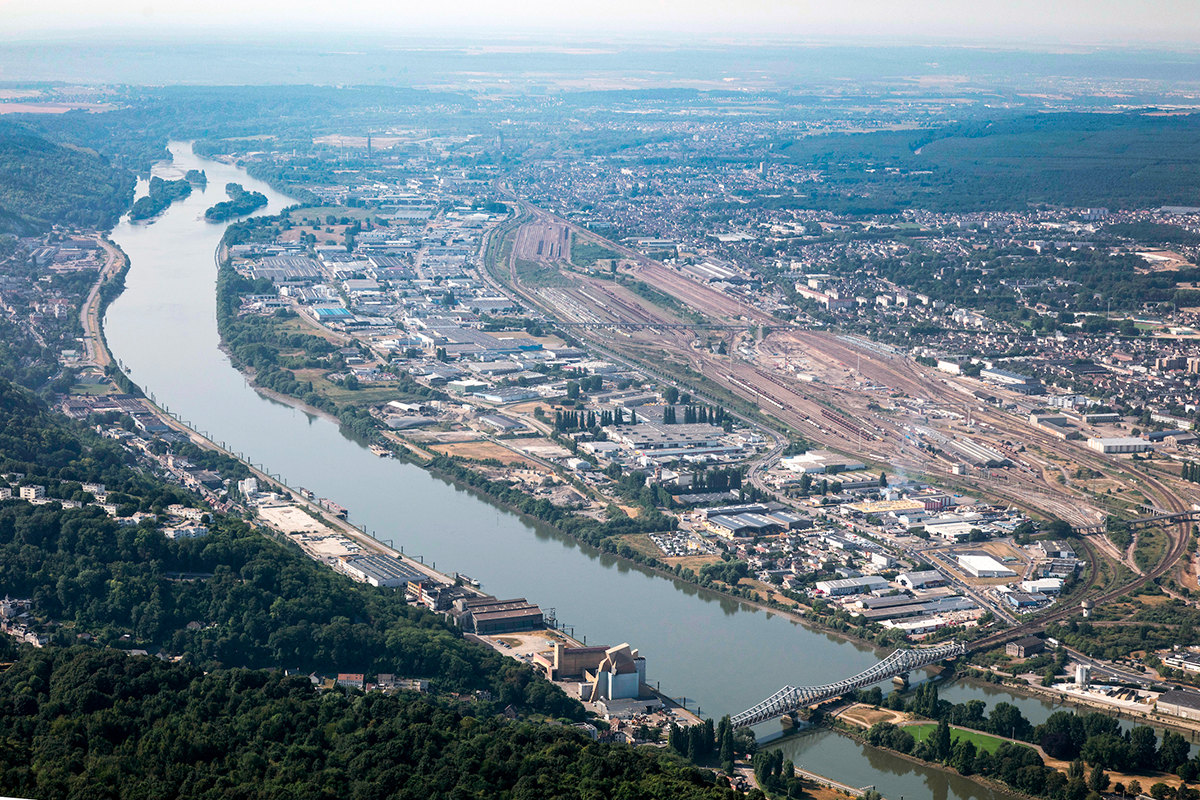
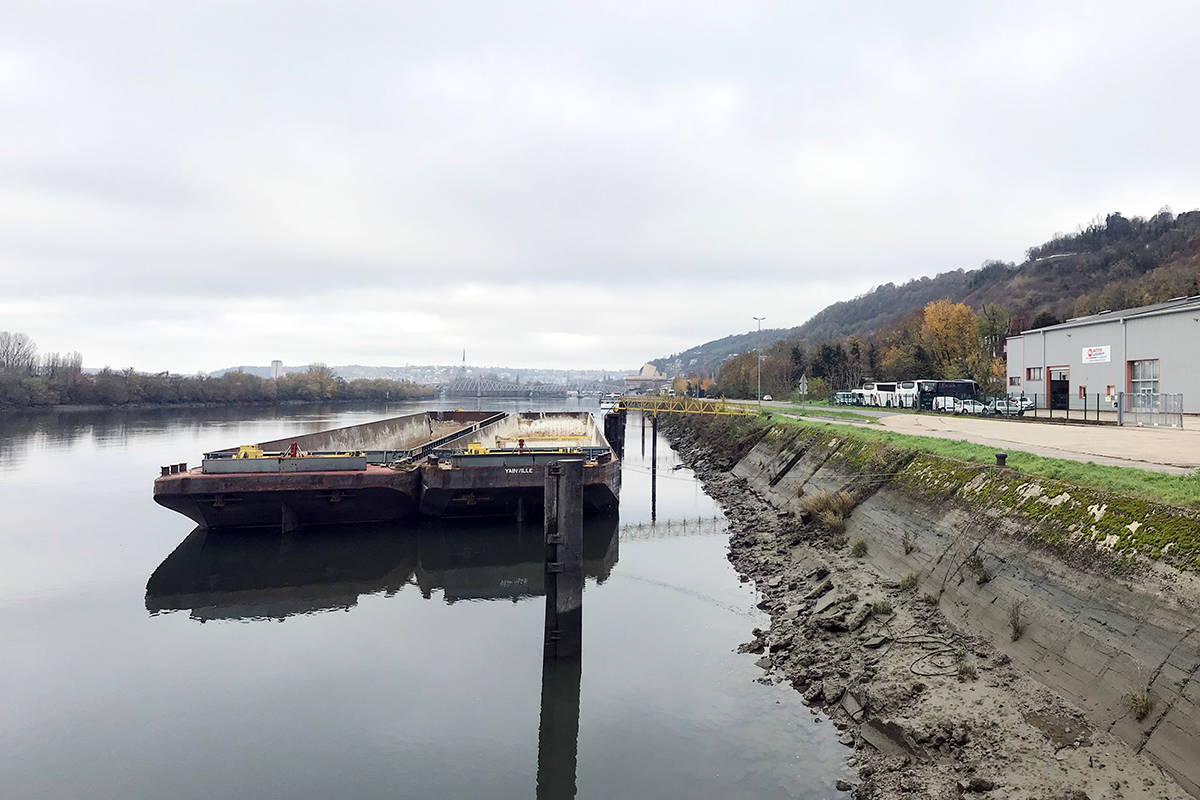
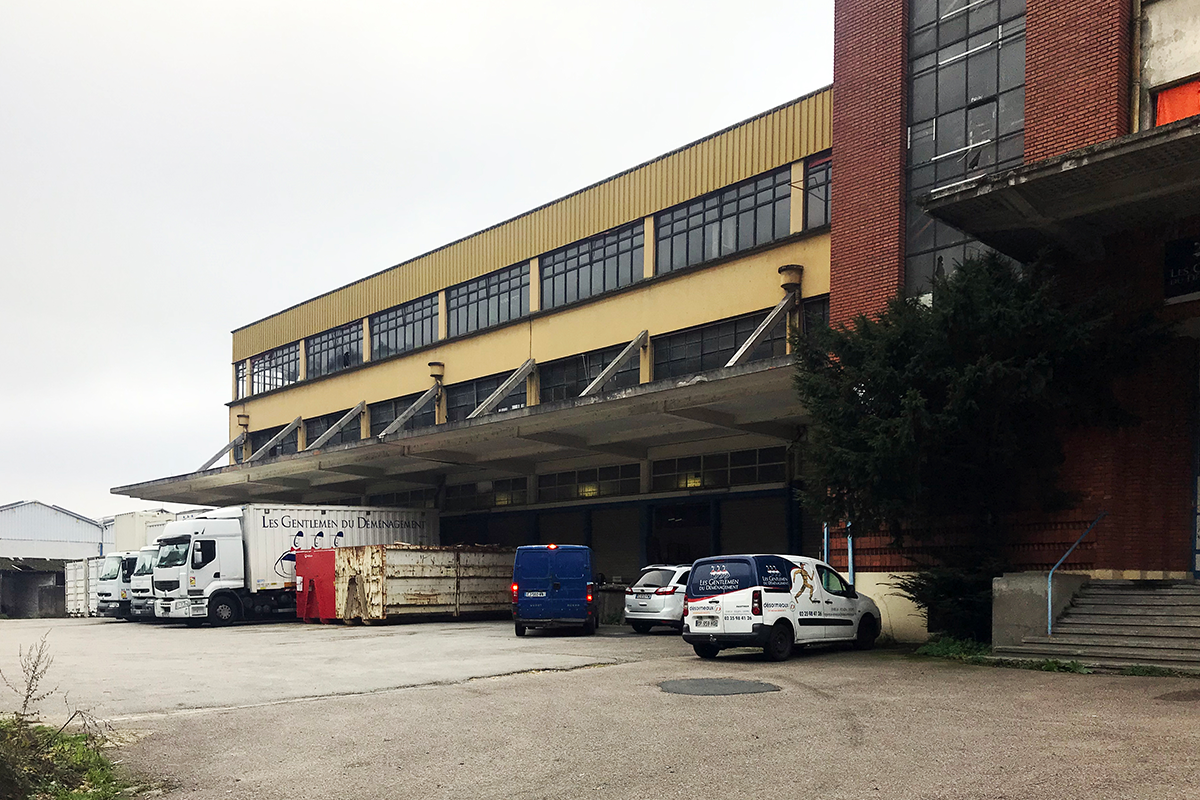
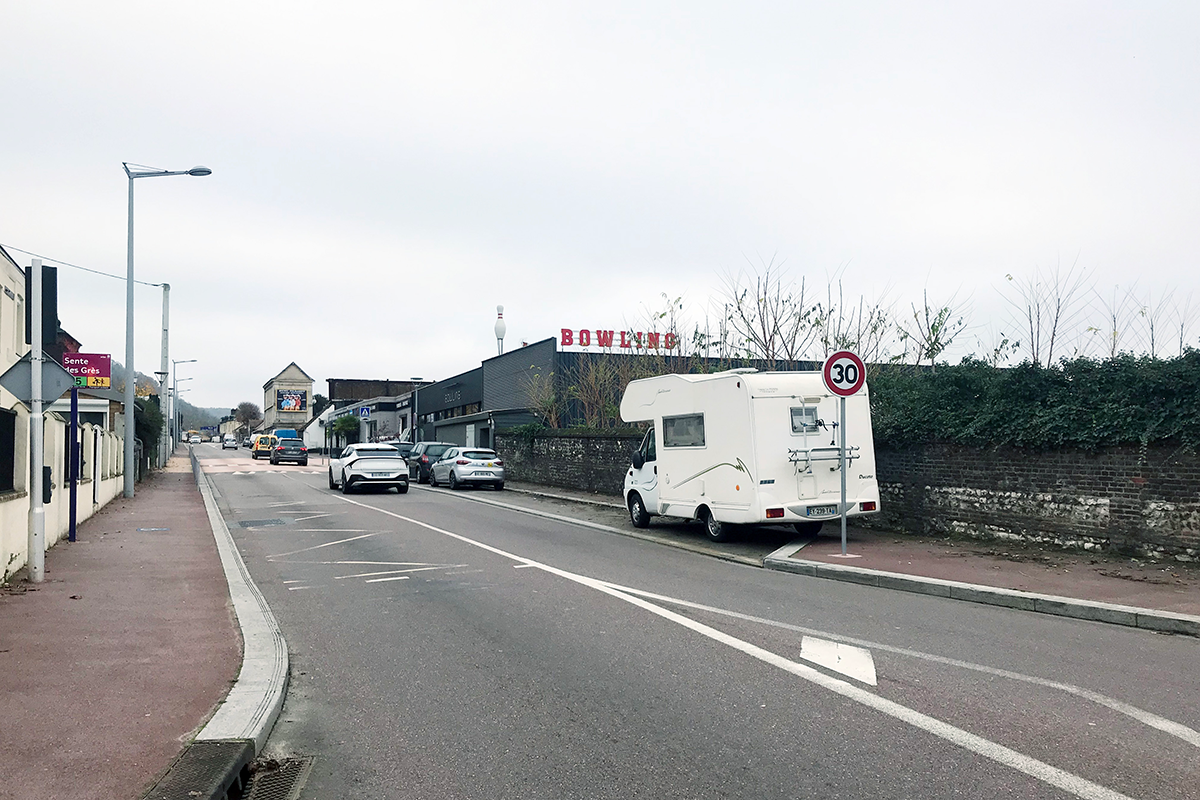
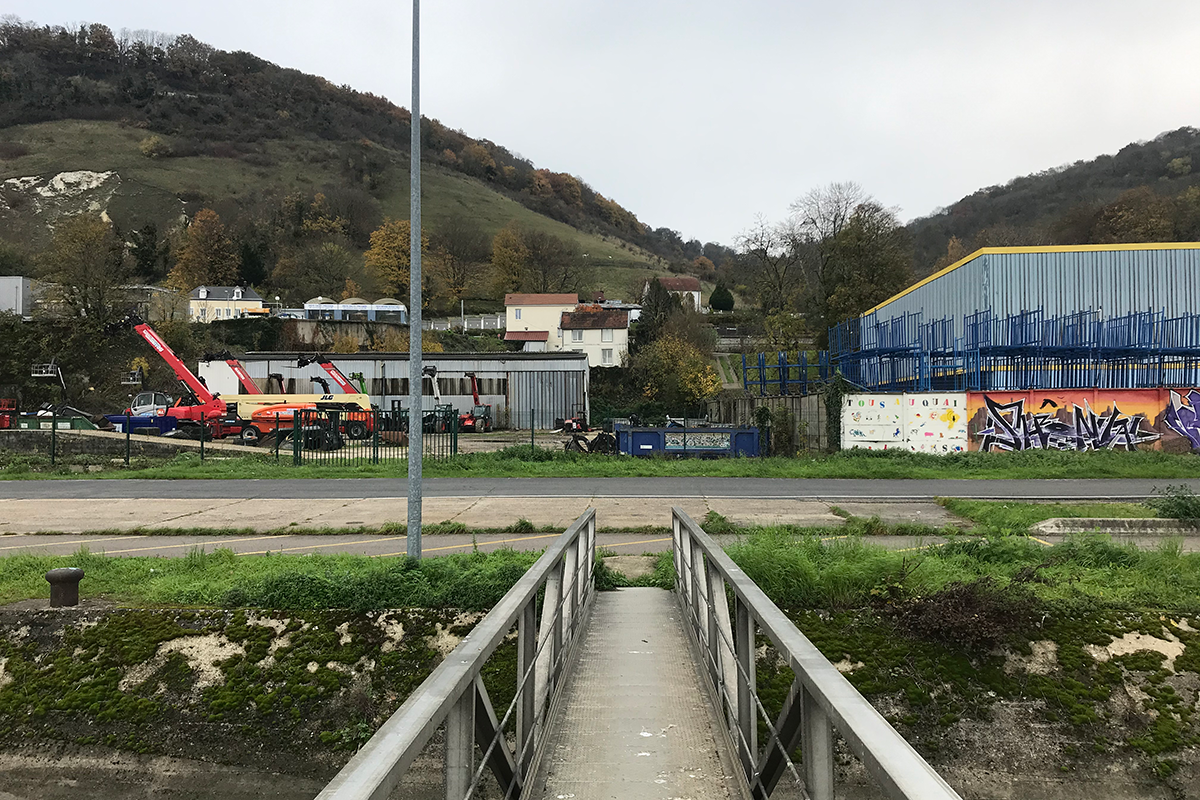
Questions on the site
Could you please provide us with the ground floors plans and/or sections as pdf, jpg or dwg of the most remarquable industrial buildings on site?
Plans redrawn by a group of students from the Normandy School of Architecture who worked on the silos are available in the New docs after launch folder, in the complete site folder.
Plans of the coops building: request in progress
Plans for Amfreville are not available.
This site is connected to the following theme
LET THE BIRDS SING! Imagine public space as a biodiverse landscape. Imagine public space as the touching ground, the proof that YES, WE CAN –through design– address challenges caused by the crisis due to climate change, in terms of social and environmental issues. Imagine public space as the agent for inclusion of difference both in terms of humans and non-humans, as a mediator between new interdependencies. Imagine soils, water bodies, shores and eco-corridors as the main actors to guide complex transformation processes. On the following sites, public space is seen as the area where the topic of Living Cities is performed.
Reimagining public space as a biodiverse landscape
Questions on the site
You have to be connected –and therefore registered– to be able to ask a question.
Fr. 16 May 2025
Deadline for submitting questions
Fr. 30 May 2025
Deadline for answers
Before submitting a question, make sure it does not already appear in the FAQ.
Please ask questions on sites in the Sites section.
Please ask questions on rules in the Rules section.
If your question does not receive any answer in 10 days, check the FAQ to make sure the answer does not appear under another label or email the secretariat concerned by the question (national secretariat for the sites, European secretariat for the rules).